Home>Interior Design>What Fabric Is Suitable For Acoustic Panels
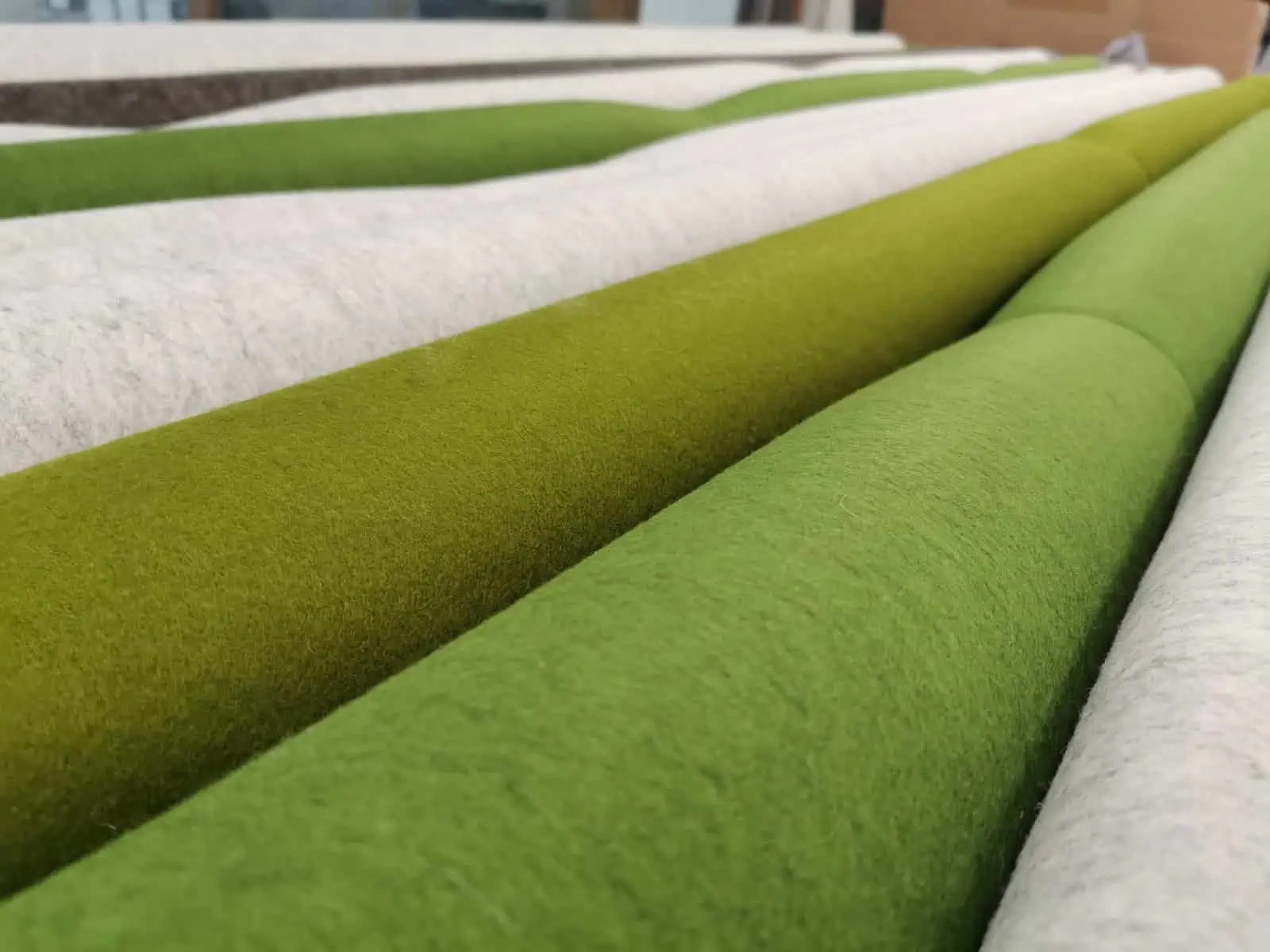

Interior Design
What Fabric Is Suitable For Acoustic Panels
Modified: March 16, 2024
Discover the perfect fabric choices for acoustic panels in interior design. Enhance your space with high-quality materials that improve sound control and aesthetics.
(Many of the links in this article redirect to a specific reviewed product. Your purchase of these products through affiliate links helps to generate commission for Storables.com, at no extra cost. Learn more)
Introduction
In the world of interior design, creating a space that is visually appealing is not the sole consideration. Functional aspects such as acoustics play a crucial role in enhancing the overall experience. One effective solution to control and improve sound quality in a room is through the use of acoustic panels. These panels are designed to absorb and reduce unwanted noise, creating a more pleasant and immersive environment.
However, it is important to note that the fabric used in acoustic panels plays a significant role in their effectiveness and aesthetic appeal. The right choice of fabric can enhance the performance of the panels while seamlessly blending with the overall design scheme of the space.
In this article, we will delve deeper into the importance of fabric in acoustic panels and explore the various factors to consider when choosing the right fabric for your panels.
Key Takeaways:
- Choose the right fabric for acoustic panels to improve sound quality and protect the panels. Consider factors like durability, aesthetics, and fire safety to create a visually pleasing and acoustically enhanced space.
- Fabrics like microsuede, acoustic fabric, and recycled polyester offer unique benefits for acoustic panels. Balance functionality and design to create a well-designed and acoustically enhanced environment for any space.
Read more: What Are Acoustic Panels
Understanding Acoustic Panels
Acoustic panels, also known as sound-absorbing panels or sound panels, are specially designed structures that help control the sound quality within a room. They are typically made up of a core material that absorbs sound waves and a covering fabric that provides a decorative finish.
These panels are widely used in various settings, including recording studios, home theaters, conference rooms, restaurants, and even open office spaces, where controlling noise levels and improving acoustics are critical. By absorbing excess sound waves and reducing reverberation, acoustic panels can significantly enhance the overall sound quality in a room.
When sound waves travel through a room, they bounce off hard surfaces such as walls, floors, and ceilings, creating echoes and reverberations. This can lead to poor sound clarity, reduced speech intelligibility, and an overall unpleasant auditory experience. Acoustic panels address this issue by absorbing and diffusing sound waves, thereby reducing echo and improving sound quality.
These panels are typically mounted on walls or ceilings, strategically placed to achieve the desired acoustic effect. By incorporating properly designed and placed acoustic panels, the sound can be controlled, resulting in a more pleasant and immersive experience for individuals in the space.
Now that we have a better understanding of acoustic panels and their purpose, let us dive into the importance of choosing the right fabric for these panels to maximize their effectiveness.
Importance of Fabric in Acoustic Panels
The fabric used in acoustic panels is a crucial element that directly affects their performance and aesthetics. While the core material of the panels plays a significant role in absorbing sound waves, the fabric covering serves multiple purposes.
Firstly, the fabric acts as a protective layer for the core material, preventing it from getting damaged or exposed to external elements. Additionally, it helps to enhance the overall appearance of the panels, allowing them to seamlessly blend with the interior design of the space.
But beyond the visual aspect, the choice of fabric can impact the acoustic performance of the panels. Different fabrics have varying levels of sound absorption properties. Lighter, more porous fabrics tend to absorb more sound and provide better acoustic performance, while denser and heavier fabrics may have a lesser impact on sound absorption.
Additionally, the texture and thickness of the fabric can also affect the way sound waves interact with the panels. Rougher and textured fabrics tend to scatter sound waves, helping to reduce echo and improve sound diffusion in the space. On the other hand, smoother fabrics may reflect sound waves to a certain extent.
It is important to consider the specific acoustic requirements of the space when selecting the fabric for acoustic panels. Factors such as the size of the room, the intended use of the space, and the overall design aesthetic should all be taken into account.
Furthermore, the fabric used in acoustic panels should not only provide functional benefits but also complement the overall design. The fabric should contribute to the desired ambiance and visual appeal of the space, whether it is a professional setting or a residential area.
When choosing the fabric for acoustic panels, it is essential to strike a balance between functionality and design. By carefully selecting the right fabric, you can ensure optimal acoustic performance and create a visually pleasing environment.
Now that we understand the importance of fabric in acoustic panels, let’s explore the factors to consider when choosing the right fabric for your panels.
When choosing fabric for acoustic panels, look for materials with a tight weave and a high density to effectively absorb sound. Avoid shiny or reflective fabrics, as they can reflect sound instead of absorbing it.
Factors to Consider when Choosing Fabric for Acoustic Panels
When selecting fabric for acoustic panels, it is crucial to consider several factors to ensure the panels not only meet the desired acoustic requirements but also align with the overall design scheme of the space. Here are some essential factors to consider:
- Acoustic Performance: The primary function of acoustic panels is to absorb sound waves. Therefore, it is important to choose a fabric that has good sound absorption properties. Look for fabrics that are lightweight, porous, and have a high Noise Reduction Coefficient (NRC) rating. These fabrics will effectively absorb and reduce sound reflections, improving the acoustic performance of the panels.
- Durability: The fabric used in acoustic panels should be durable and able to withstand regular wear and tear. Consider fabrics that are resistant to fading, staining, and fraying. This is especially important in high-traffic areas or environments where the panels may be exposed to sunlight or moisture.
- Aesthetics: The fabric should complement the overall design style and color scheme of the space. Consider the texture, pattern, and color of the fabric to ensure it harmonizes with the surrounding decor. It is also important to choose a fabric that is easy to match or coordinate with other elements in the room.
- Cleaning and Maintenance: Acoustic panels may accumulate dust and dirt over time, especially in busy environments. Select a fabric that is easy to clean and maintain. Fabrics that are stain-resistant or machine-washable can make the cleaning process more convenient.
- Fire Safety: In certain environments, such as commercial settings, fire safety regulations may be a concern. Ensure that the fabric used in acoustic panels meets the required fire safety standards. Look for fabrics that are flame-resistant or have been treated with fire-resistant coatings.
It is also worth considering the eco-friendliness of the fabric. Opt for fabrics that are made from sustainable materials or have low environmental impact.
Lastly, consult with acoustic experts or manufacturers to understand the specific fabric requirements for your acoustic panels. They can provide valuable insights and help you make an informed decision based on the acoustic goals and design aesthetics of the space.
By considering these factors, you can choose the most suitable fabric for your acoustic panels that offer optimal acoustic performance, durability, visual appeal, and ease of maintenance.
Types of Fabric Suitable for Acoustic Panels
When it comes to selecting fabric for acoustic panels, there are various options available that offer different characteristics and performance. Here are some common types of fabric suitable for acoustic panels:
- Microsuede: Microsuede is a popular choice for acoustic panels due to its smooth texture and excellent sound absorption properties. It is a durable and low-maintenance fabric that adds a touch of elegance to any space. Microsuede is available in a wide range of colors, allowing you to coordinate with the existing decor.
- Acoustic Fabric: Many manufacturers offer specialized acoustic fabrics that are specifically designed for sound absorption. These fabrics are made using unique materials and techniques that optimize their sound-absorbing capabilities. Acoustic fabrics come in various textures and finishes to suit different design preferences.
- Guilford of Maine Fabrics: Guilford of Maine is a renowned manufacturer of acoustically transparent fabrics. These fabrics have been tested and proven to effectively absorb sound while maintaining aesthetic appeal. Guilford of Maine fabrics offer a wide range of colors, patterns, and textures, allowing for flexibility in design choices.
- Recycled Polyester (PET) Fabric: For those looking for an eco-friendly option, recycled polyester (PET) fabric is an excellent choice. Made from recycled plastic bottles, this fabric not only contributes to sustainability but also provides good sound absorption. PET fabric is available in various colors and finishes, making it a versatile option for acoustic panel applications.
- Perforated Fabrics: Perforated fabrics have small holes or perforations that enhance their sound absorption capabilities. These fabrics allow sound waves to pass through them and get absorbed by the acoustic panel core material. Perforated fabrics are available in different colors and patterns, offering both functionality and visual interest.
- Felt Fabric: Felt is a popular fabric choice for acoustic panels due to its soft texture and excellent sound absorption properties. It is a versatile fabric that is available in a wide range of colors and thicknesses, allowing for customization and design flexibility.
It is important to note that the specific type of fabric you choose for your acoustic panels will depend on the desired acoustic performance, aesthetics, and other factors specific to your project. Consulting with acoustic experts or manufacturers can help you identify the most suitable fabric option for your acoustic panel needs.
Remember to consider the acoustic performance, durability, aesthetics, cleaning requirements, and fire safety regulations when selecting the fabric for your acoustic panels. By choosing the right fabric, you can ensure optimal sound absorption, durability, and visual appeal, creating a well-designed and acoustically enhanced space.
Read more: How To Build Acoustic Panels
Conclusion
Choosing the right fabric for acoustic panels is crucial in ensuring their performance and aesthetic appeal. The fabric not only protects the core material but also contributes to the overall sound absorption capabilities of the panels. By considering factors such as acoustic performance, durability, aesthetics, cleaning and maintenance, and fire safety, you can make an informed decision when selecting fabric for your acoustic panels.
Microsuede, acoustic fabric, Guilford of Maine fabrics, recycled polyester (PET) fabric, perforated fabrics, and felt fabric are just a few examples of the types of fabric suitable for acoustic panels. Each of these fabrics offers unique characteristics and benefits, allowing you to choose the one that best aligns with your acoustic goals and design preferences.
Remember that striking a balance between functionality and design is essential. The fabric should complement the overall design scheme of the space while effectively absorbing sound waves. Consult with acoustic experts or manufacturers to ensure that your fabric selection meets the required acoustic performance and fire safety standards.
With the right fabric, your acoustic panels can effectively reduce unwanted noise, improve sound quality, and create a visually pleasing environment. Whether it’s a recording studio, home theater, office space, or any other setting, the fabric you choose will play a vital role in achieving optimal acoustic performance and enhancing the overall experience within the room.
Take the time to research and explore different fabric options, weigh their pros and cons, and consider how they will contribute to the atmosphere and functionality of your space. By making an educated choice, you can create a well-designed and acoustically enhanced environment for all to enjoy.
Frequently Asked Questions about What Fabric Is Suitable For Acoustic Panels
Was this page helpful?
At Storables.com, we guarantee accurate and reliable information. Our content, validated by Expert Board Contributors, is crafted following stringent Editorial Policies. We're committed to providing you with well-researched, expert-backed insights for all your informational needs.
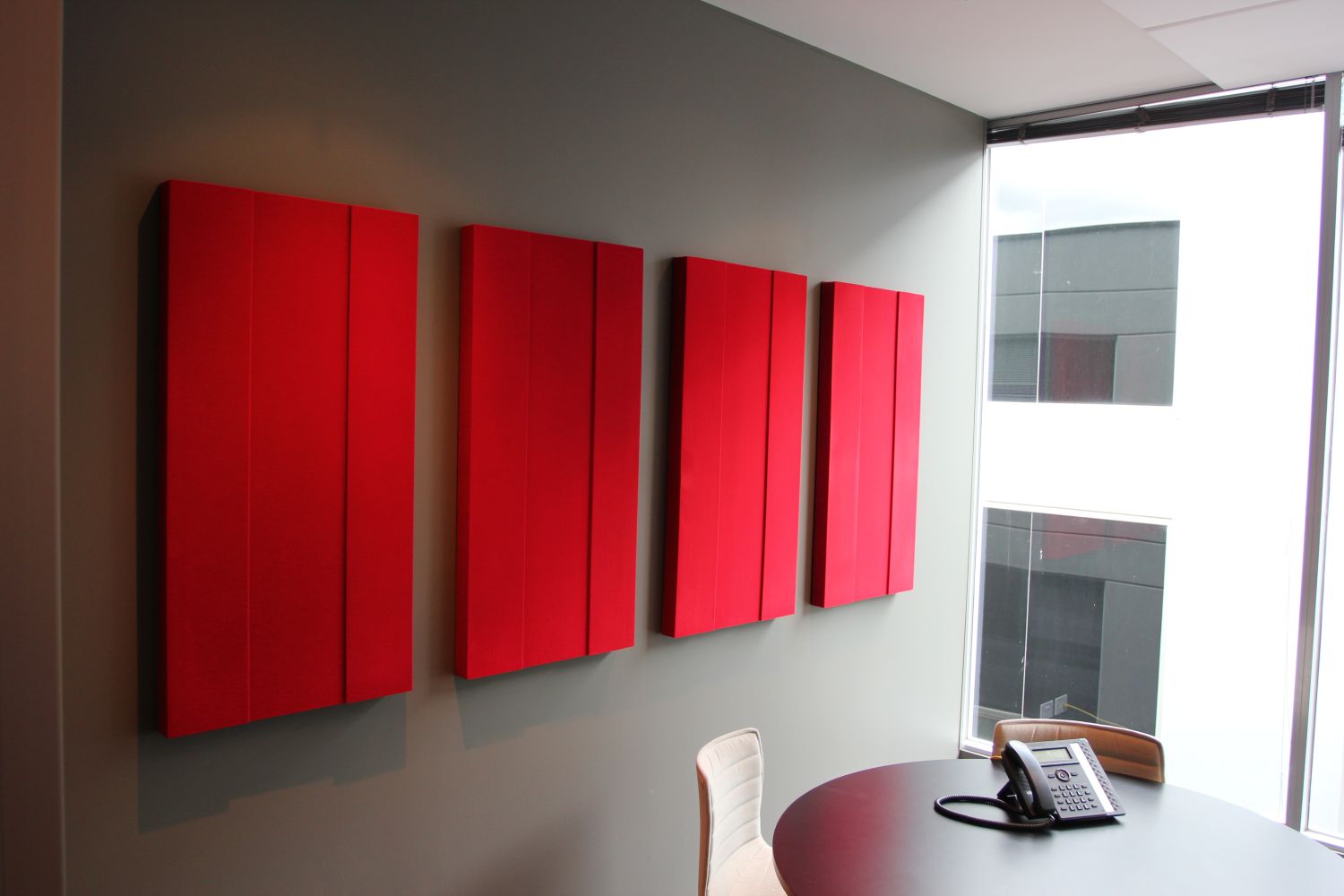
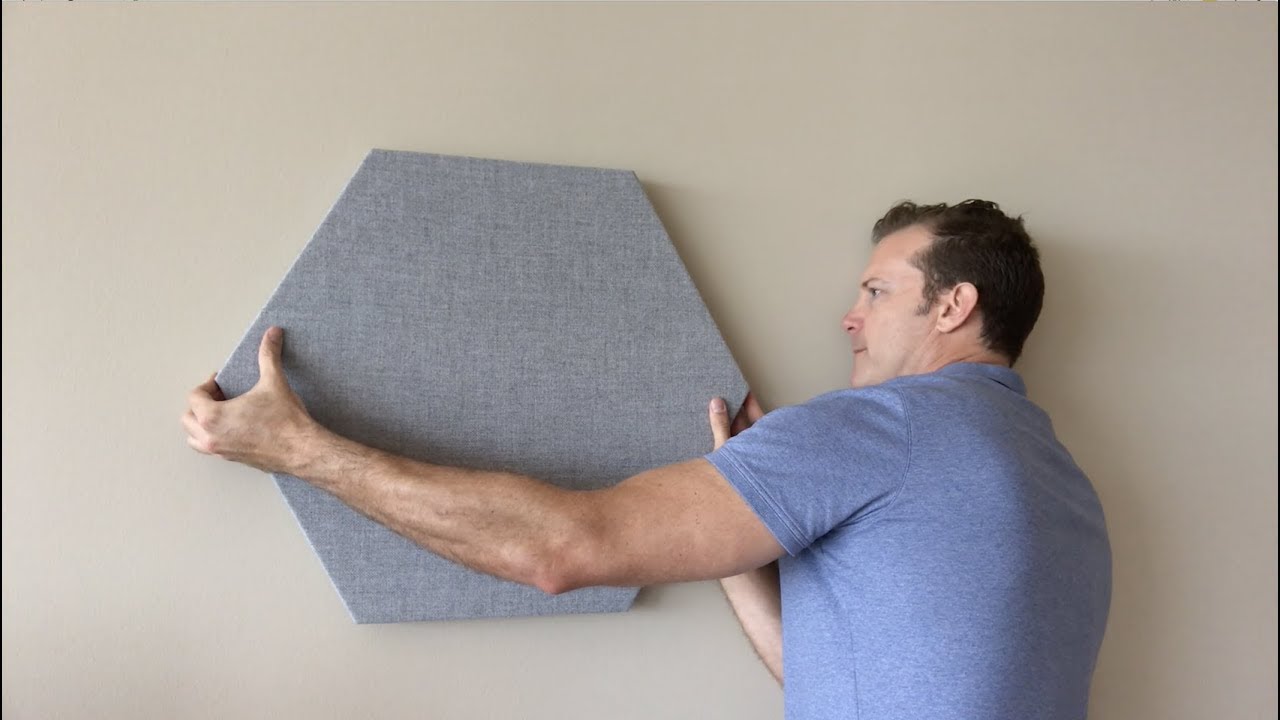
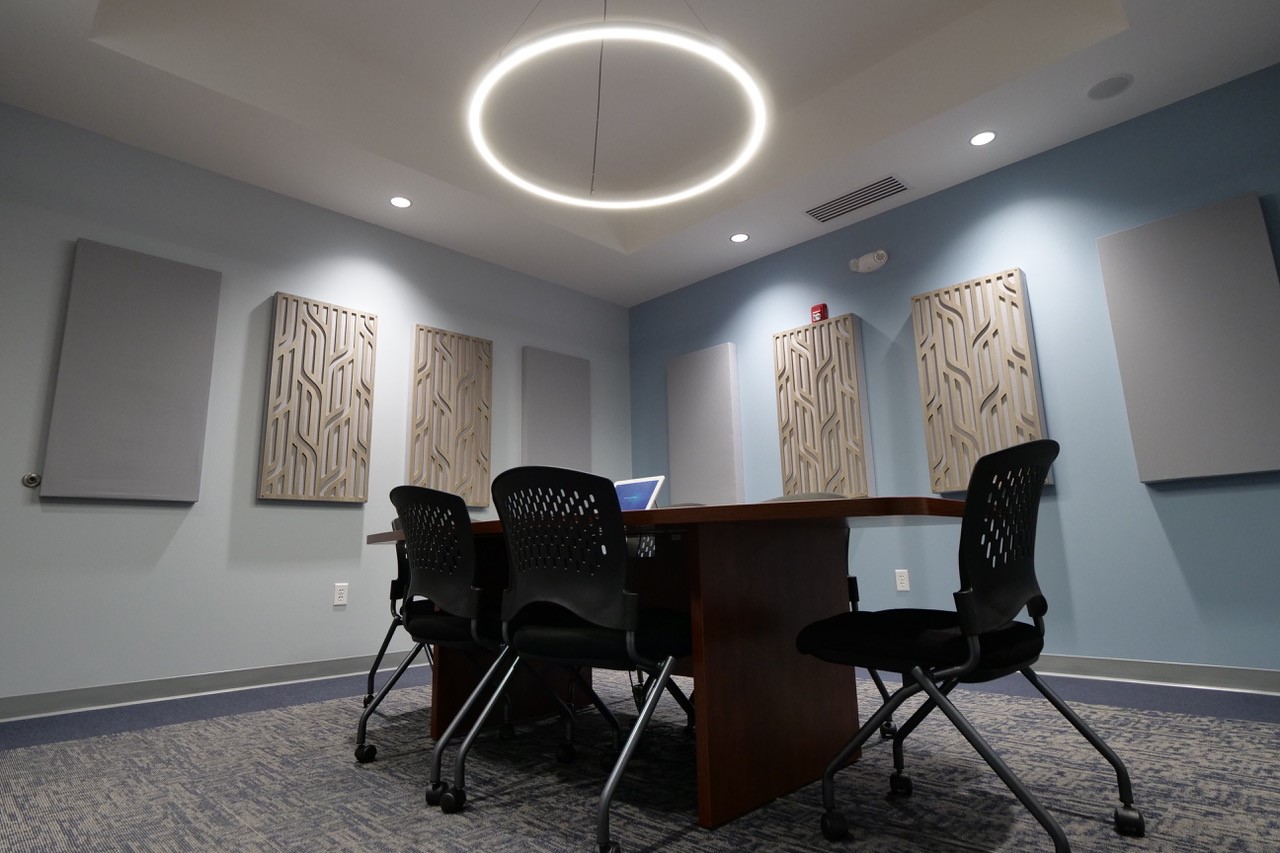
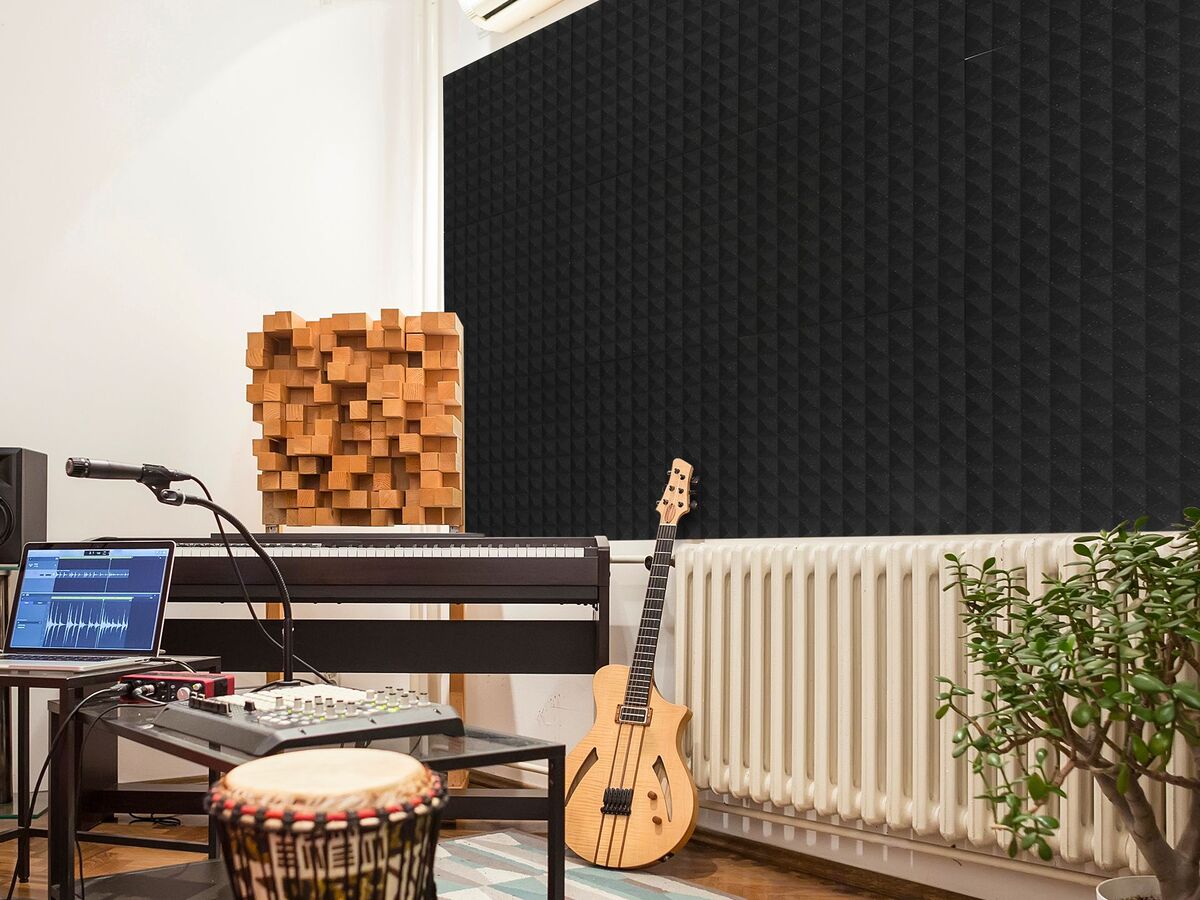
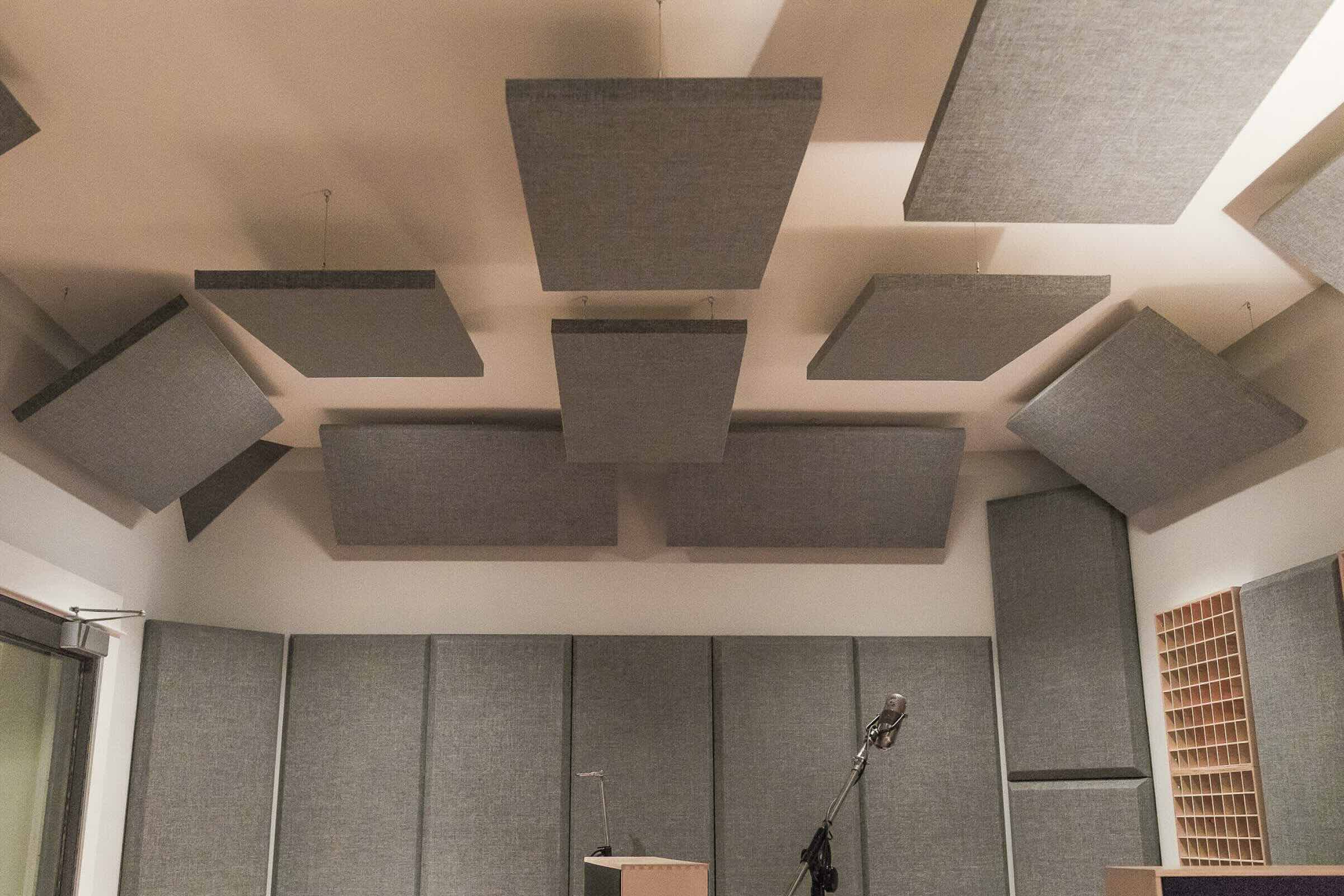
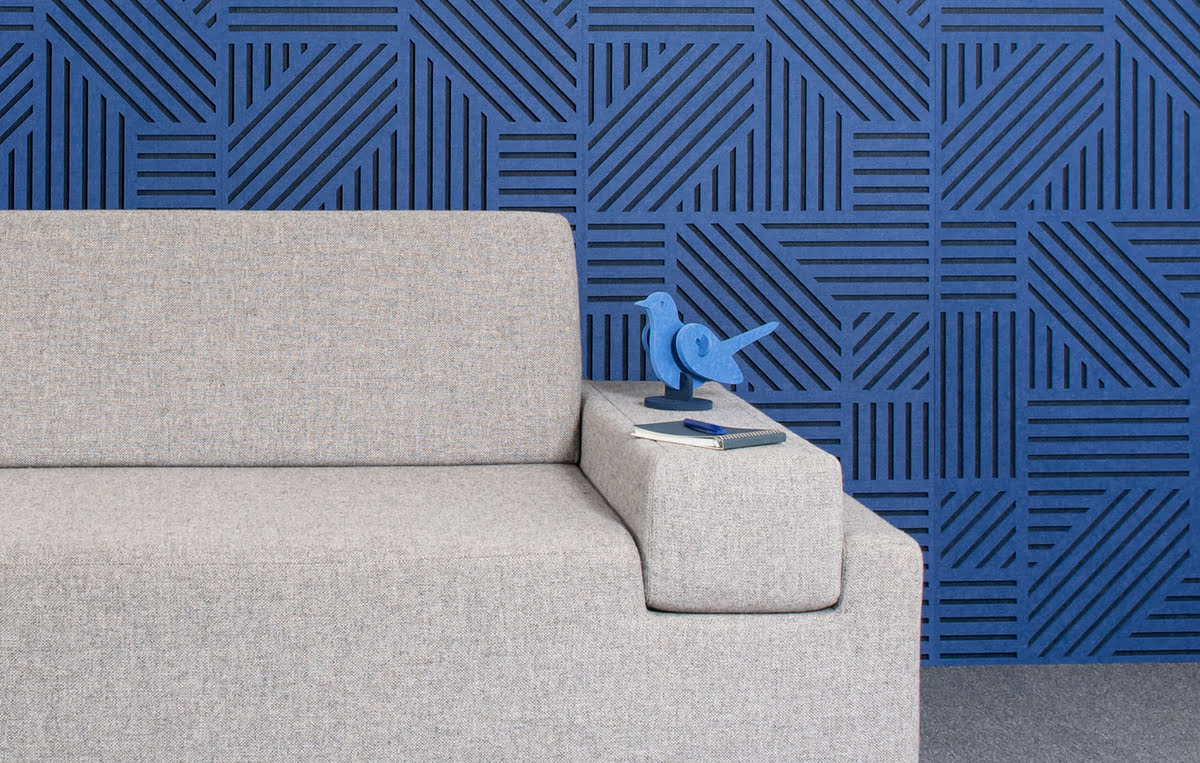

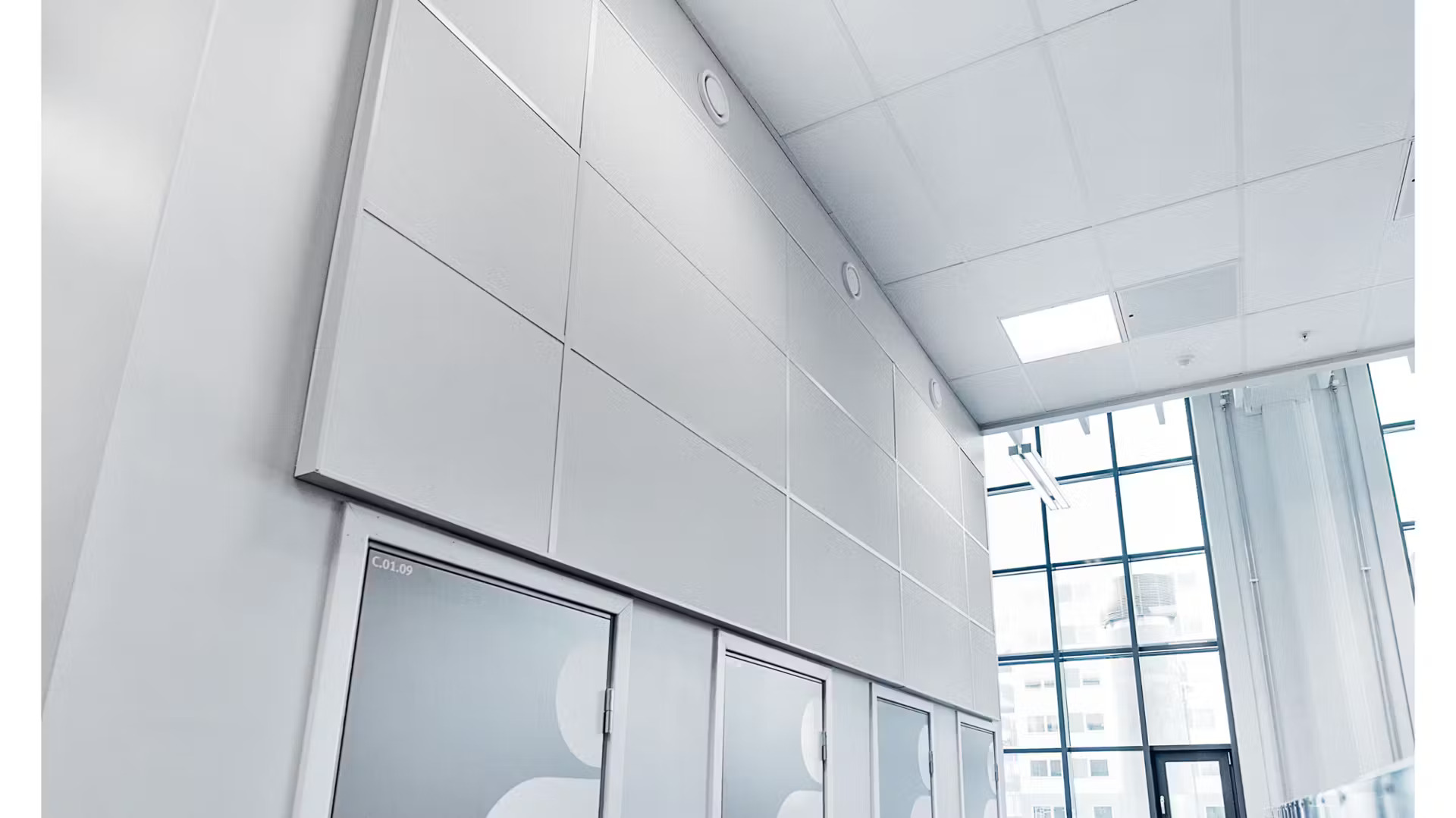
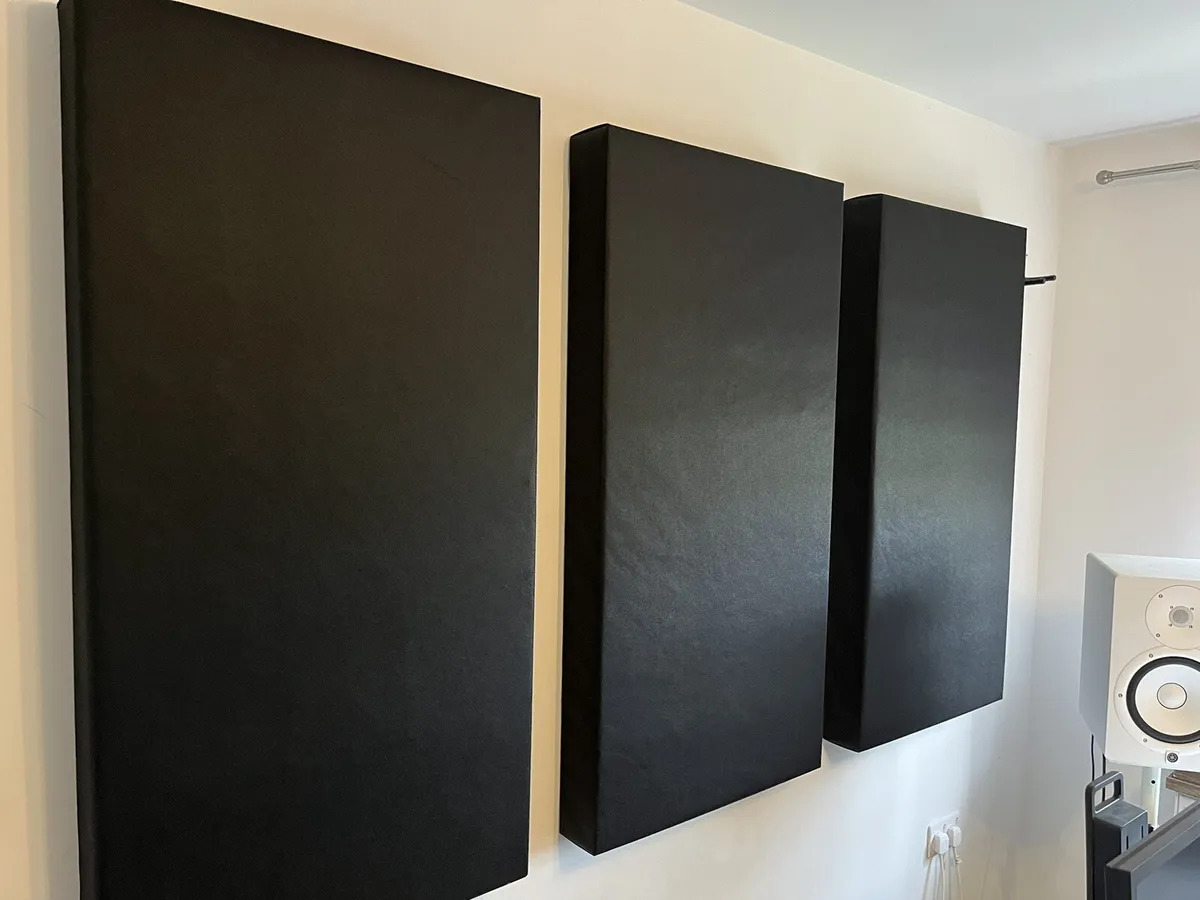

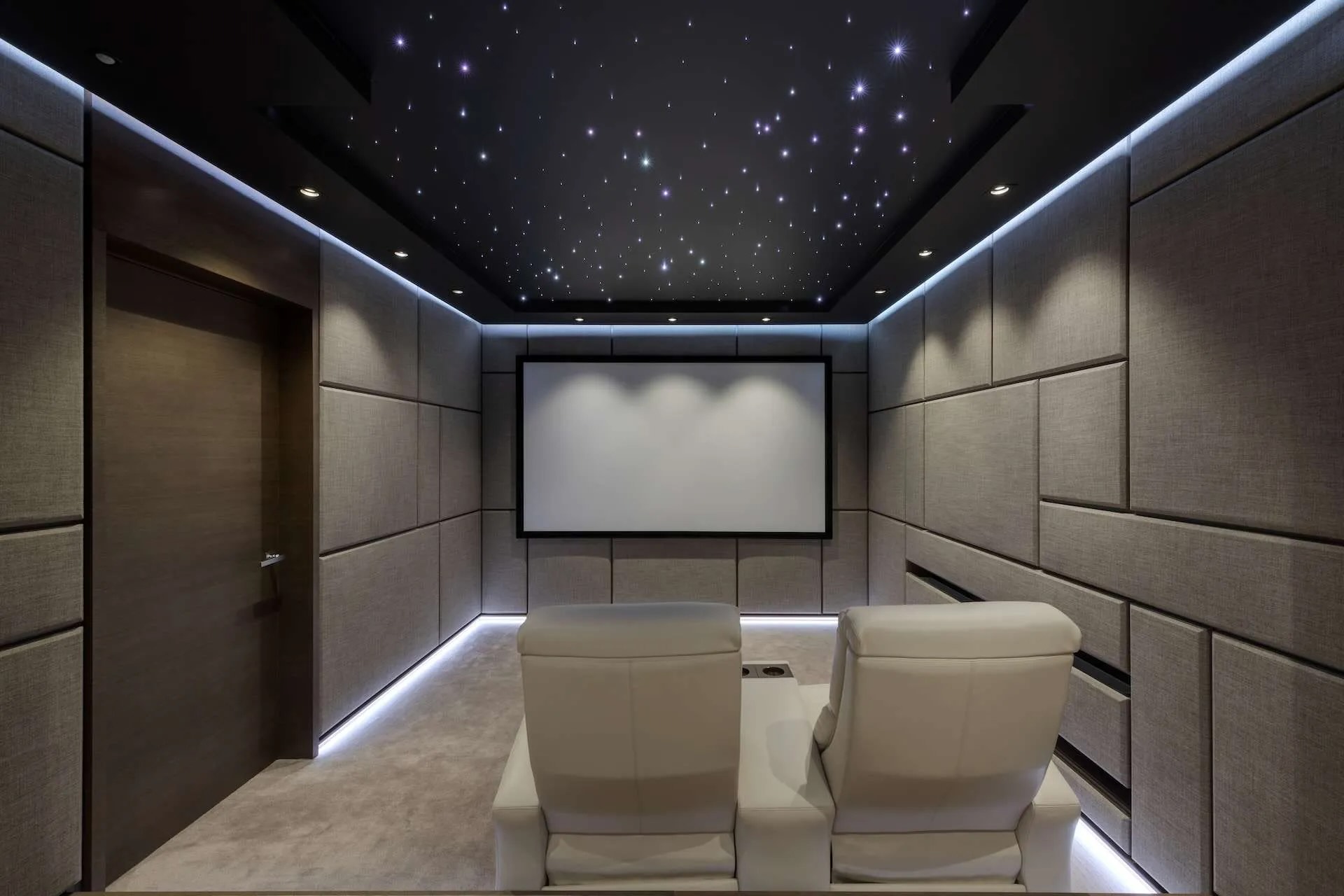
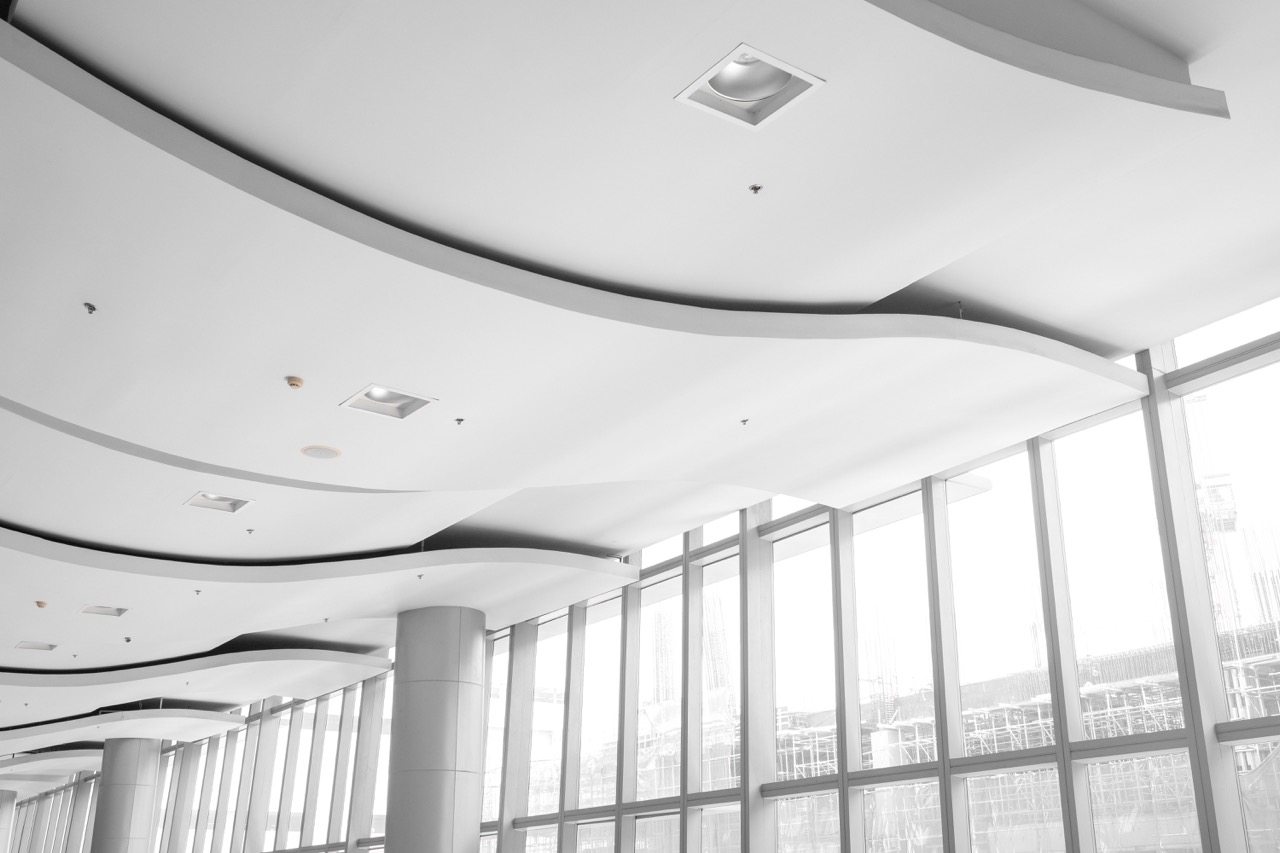
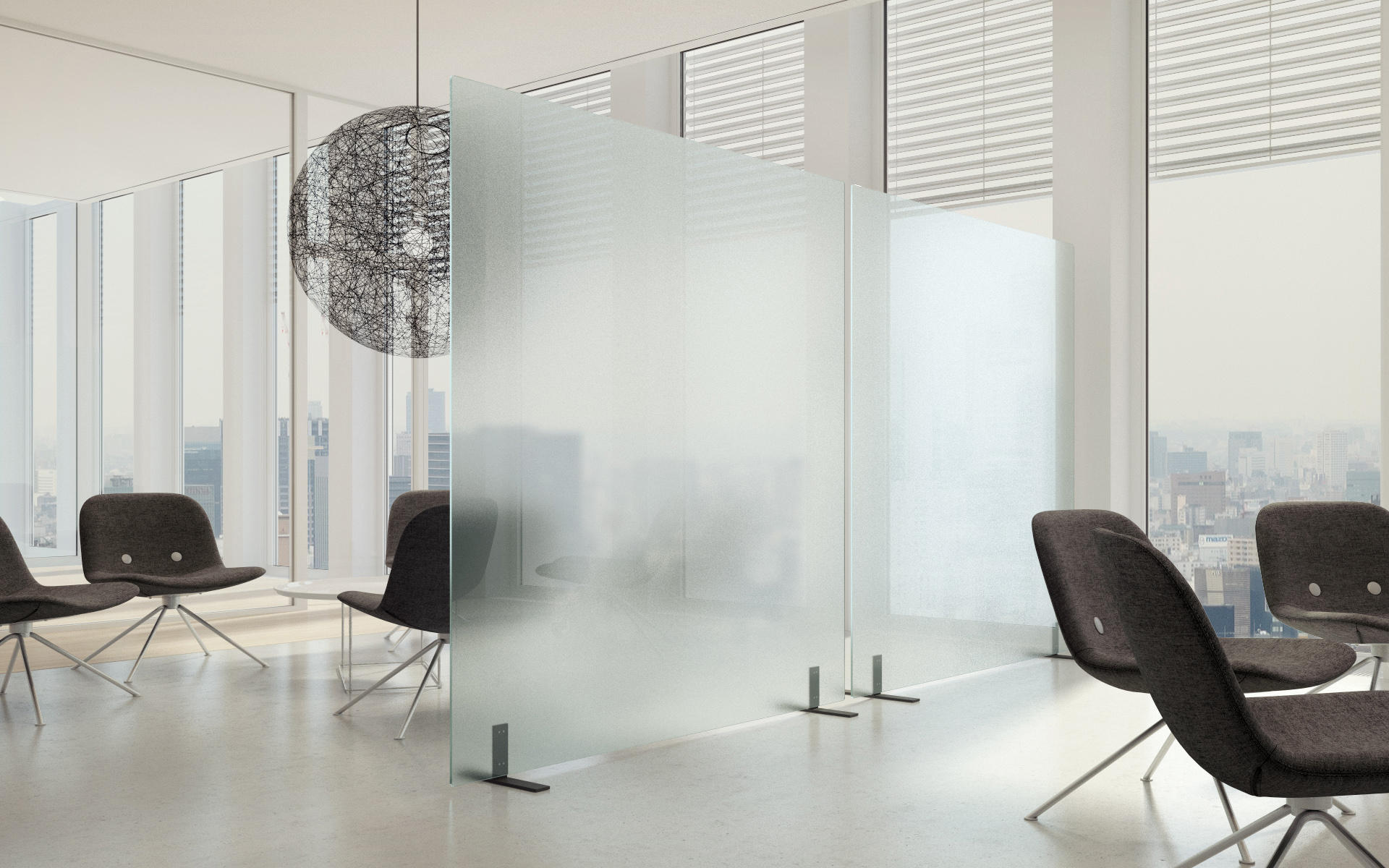
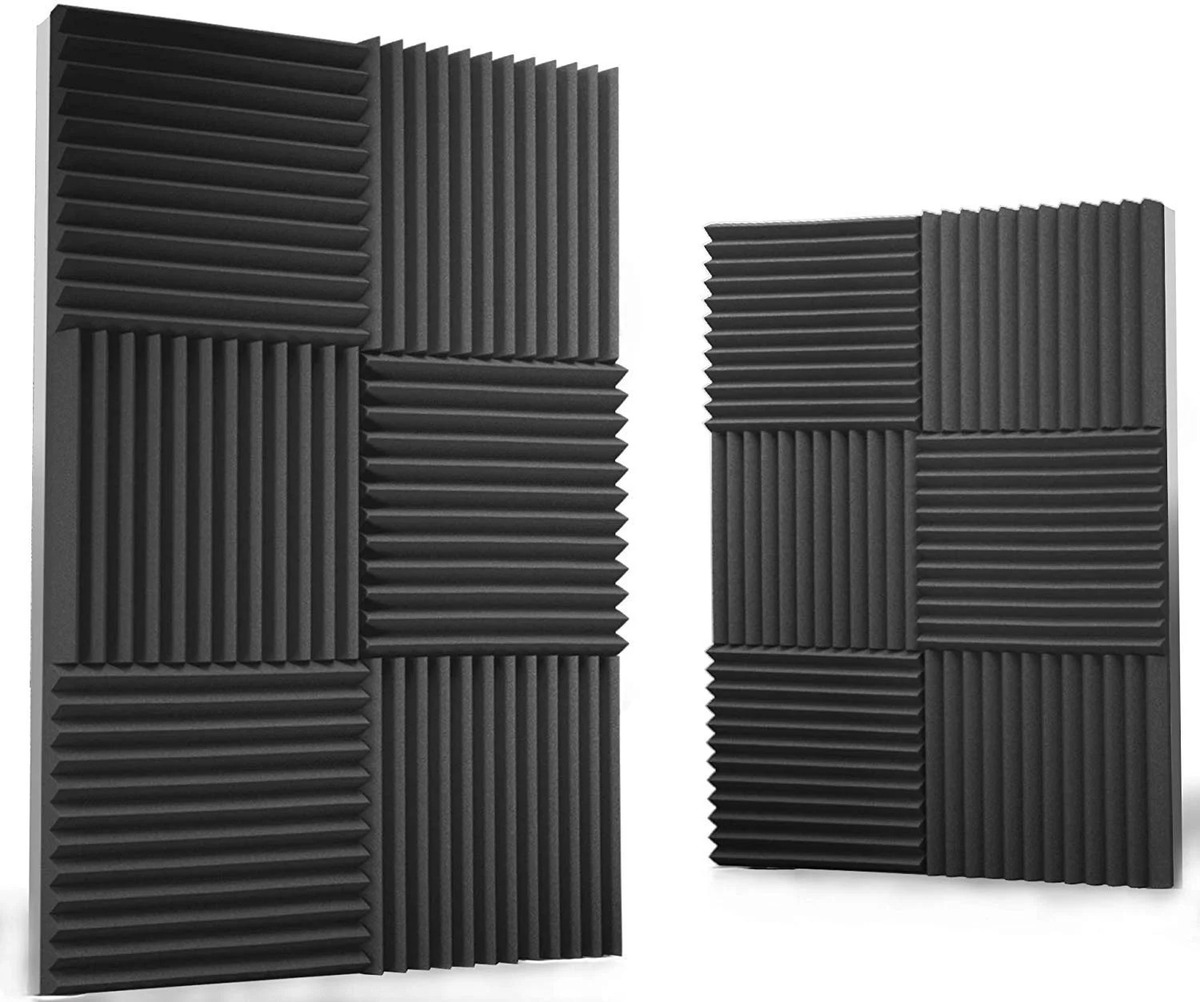

0 thoughts on “What Fabric Is Suitable For Acoustic Panels”